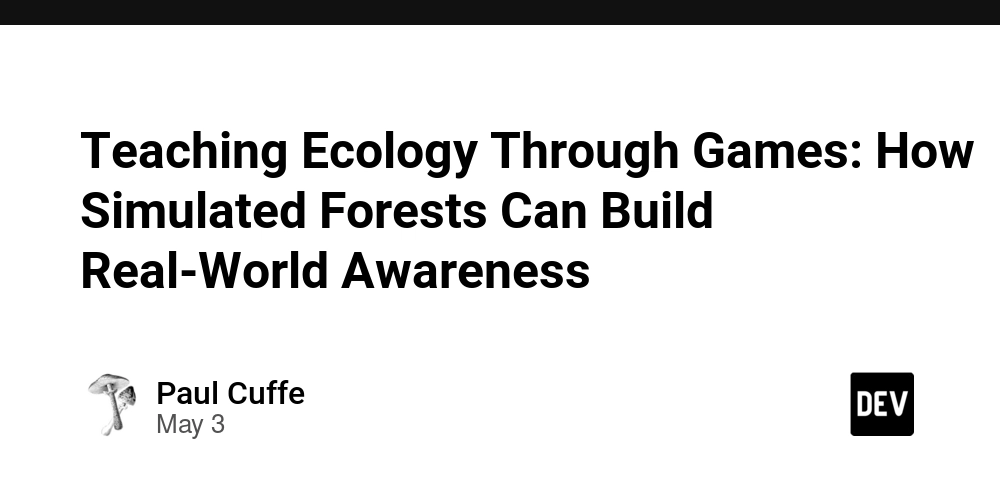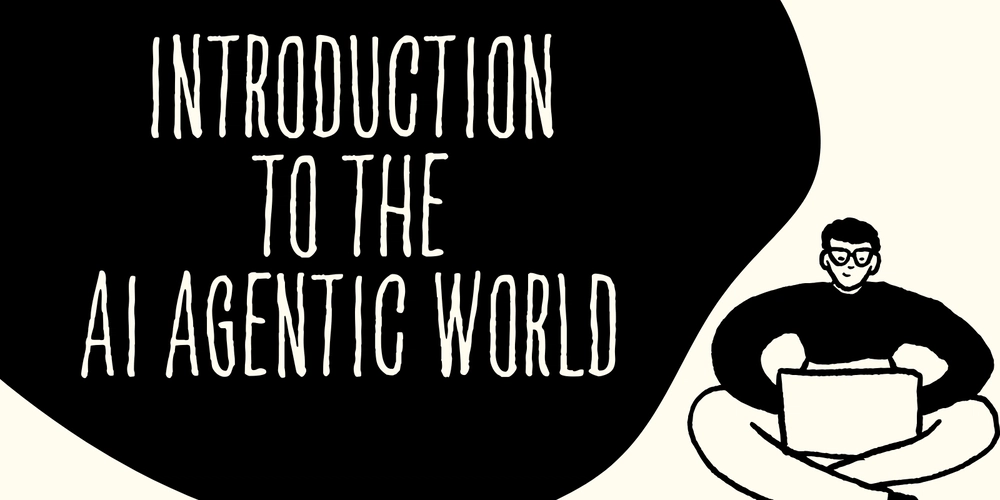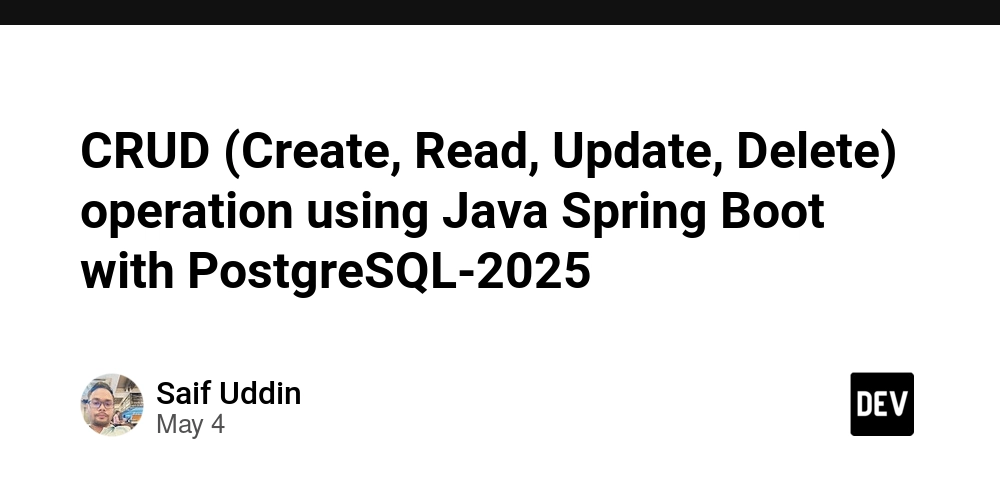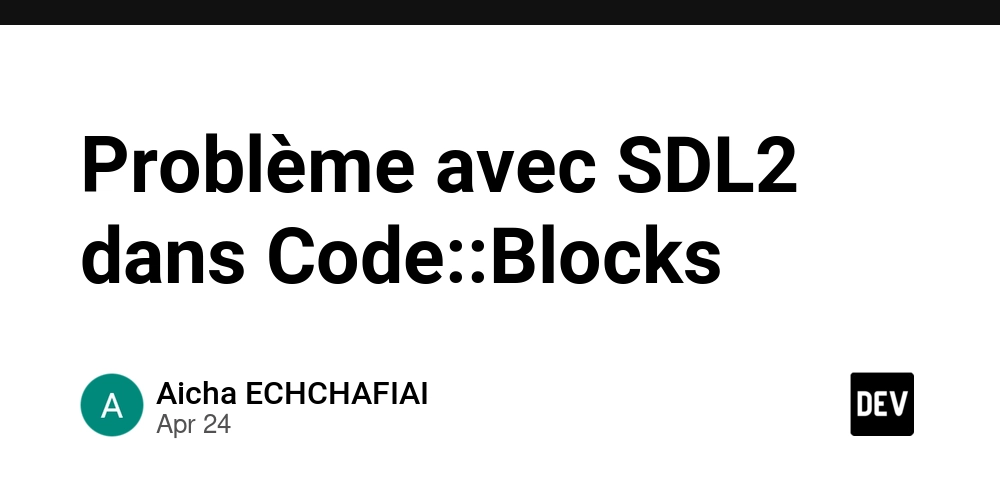Teaching Ecology Through Games: How Simulated Forests Can Build Real-World Awareness
In a world increasingly impacted by climate change and environmental degradation, there’s a growing need to make ecological education engaging, interactive, and deeply felt. One powerful and often overlooked tool for this is: games. As both a developer and systems designer, I’ve spent the past year building a game that does more than just entertain, it teaches players how ecosystems really work. Not through lectures or text, but through consequences. In my simulation, forests are living systems. Trees grow slowly, and each forest has a measurable "health" score that reflects the balance between mature trees, saplings, and destruction. Destroy too much, and the forest deteriorates. Let it recover, and wildlife returns. Players can choose to assign AI foresters to replant trees or exploit the forest and suffer resource collapse. Wild animals, like rabbits and deer, depend on forest health. Their populations rise and fall based on available habitat. Overhunting or deforestation can drive local extinction, and once they’re gone, they’re gone. There’s no magical respawn. Just like in the real world, regrowth takes time, and sustainability requires foresight. The goal isn’t to punish players, it’s to show them what happens when short-term survival clashes with long-term environmental stability. It’s a lesson better felt than taught. What excites me is the potential for systems like these to go beyond games: As classroom tools for science and geography teachers As simulations for environmental education programs As accessible platforms for young players to understand complex systems like reforestation, overhunting, and biodiversity collapse We need more tools that help people internalize ecological cause and effect, not just read about it. Games, especially those with rich simulation mechanics, are a perfect fit. If you're working in education, sustainability, or simulation, I’d love to connect. There’s a lot more potential to explore at the intersection of game design and environmental learning.

In a world increasingly impacted by climate change and environmental degradation, there’s a growing need to make ecological education engaging, interactive, and deeply felt. One powerful and often overlooked tool for this is: games.
As both a developer and systems designer, I’ve spent the past year building a game that does more than just entertain, it teaches players how ecosystems really work. Not through lectures or text, but through consequences.
In my simulation, forests are living systems. Trees grow slowly, and each forest has a measurable "health" score that reflects the balance between mature trees, saplings, and destruction. Destroy too much, and the forest deteriorates. Let it recover, and wildlife returns. Players can choose to assign AI foresters to replant trees or exploit the forest and suffer resource collapse.
Wild animals, like rabbits and deer, depend on forest health. Their populations rise and fall based on available habitat. Overhunting or deforestation can drive local extinction, and once they’re gone, they’re gone. There’s no magical respawn. Just like in the real world, regrowth takes time, and sustainability requires foresight.
The goal isn’t to punish players, it’s to show them what happens when short-term survival clashes with long-term environmental stability. It’s a lesson better felt than taught.
What excites me is the potential for systems like these to go beyond games:
As classroom tools for science and geography teachers
As simulations for environmental education programs
As accessible platforms for young players to understand complex systems like reforestation, overhunting, and biodiversity collapse
We need more tools that help people internalize ecological cause and effect, not just read about it. Games, especially those with rich simulation mechanics, are a perfect fit.
If you're working in education, sustainability, or simulation, I’d love to connect. There’s a lot more potential to explore at the intersection of game design and environmental learning.









































![Earn Krisflyer Miles on Pelago bookings [8 Miles per SGD]](https://boardingarea.com/wp-content/uploads/2025/05/03ef670f2fa80e8e19331fbc8c26ebfa.webp?#)


























